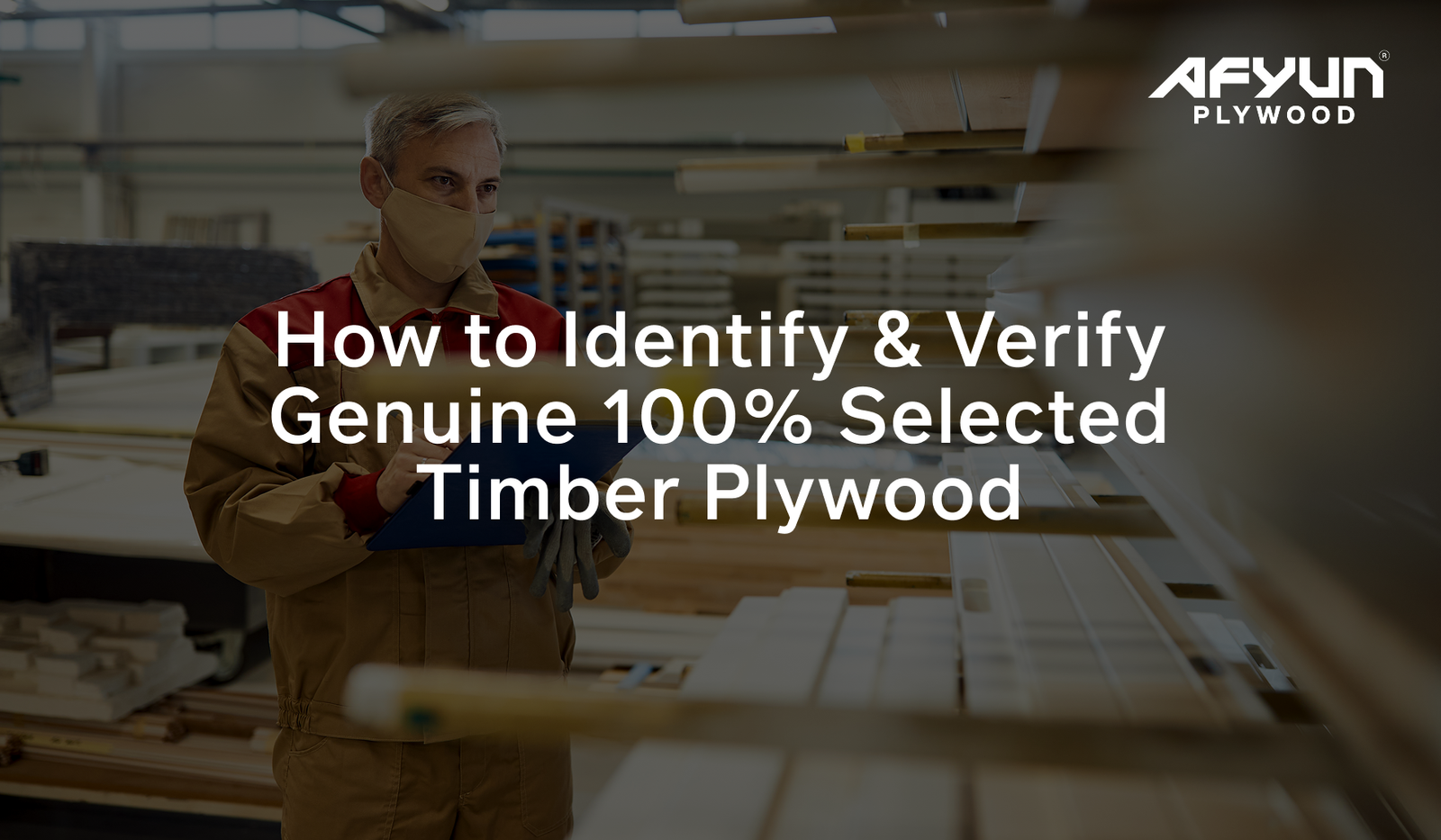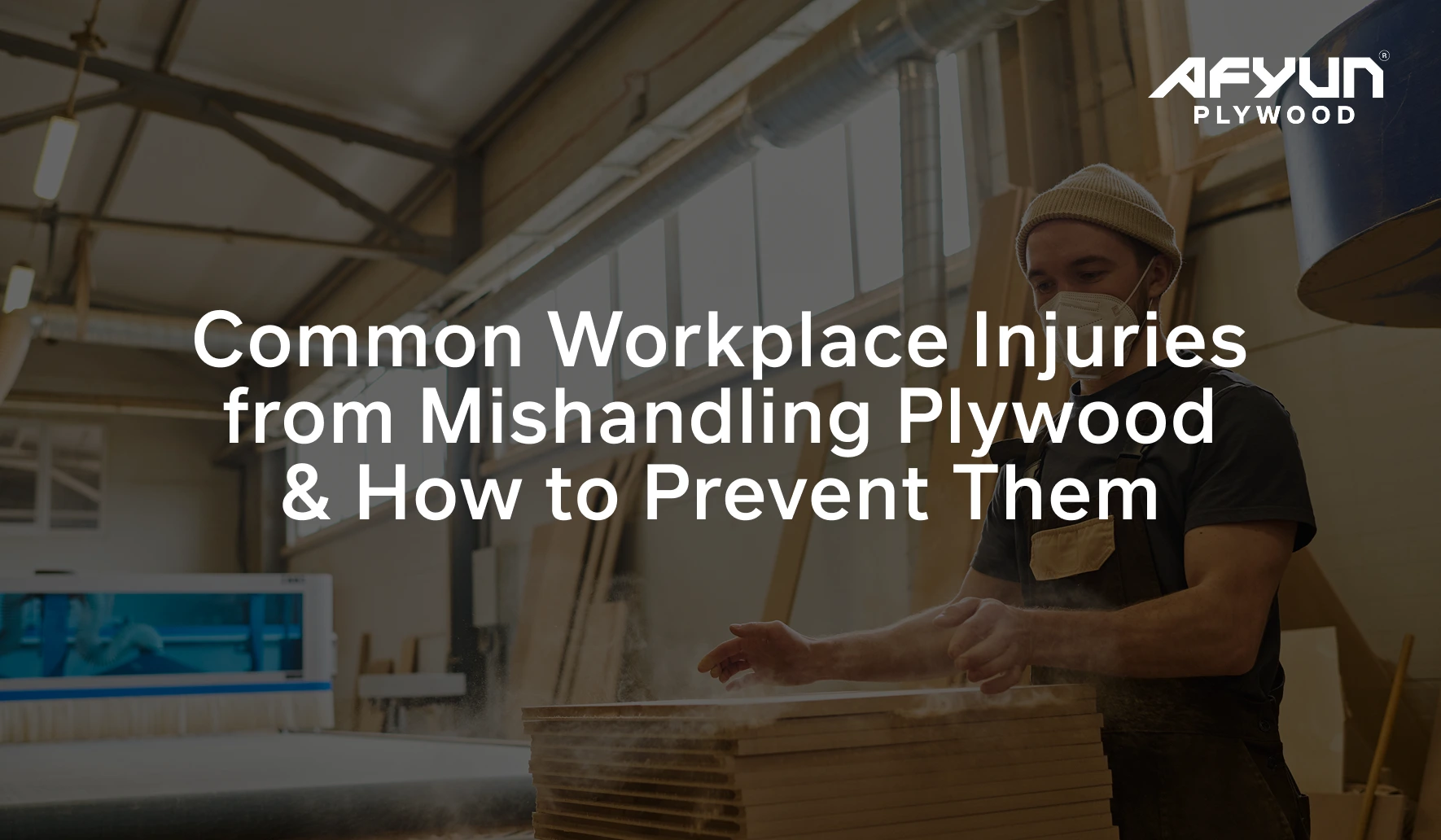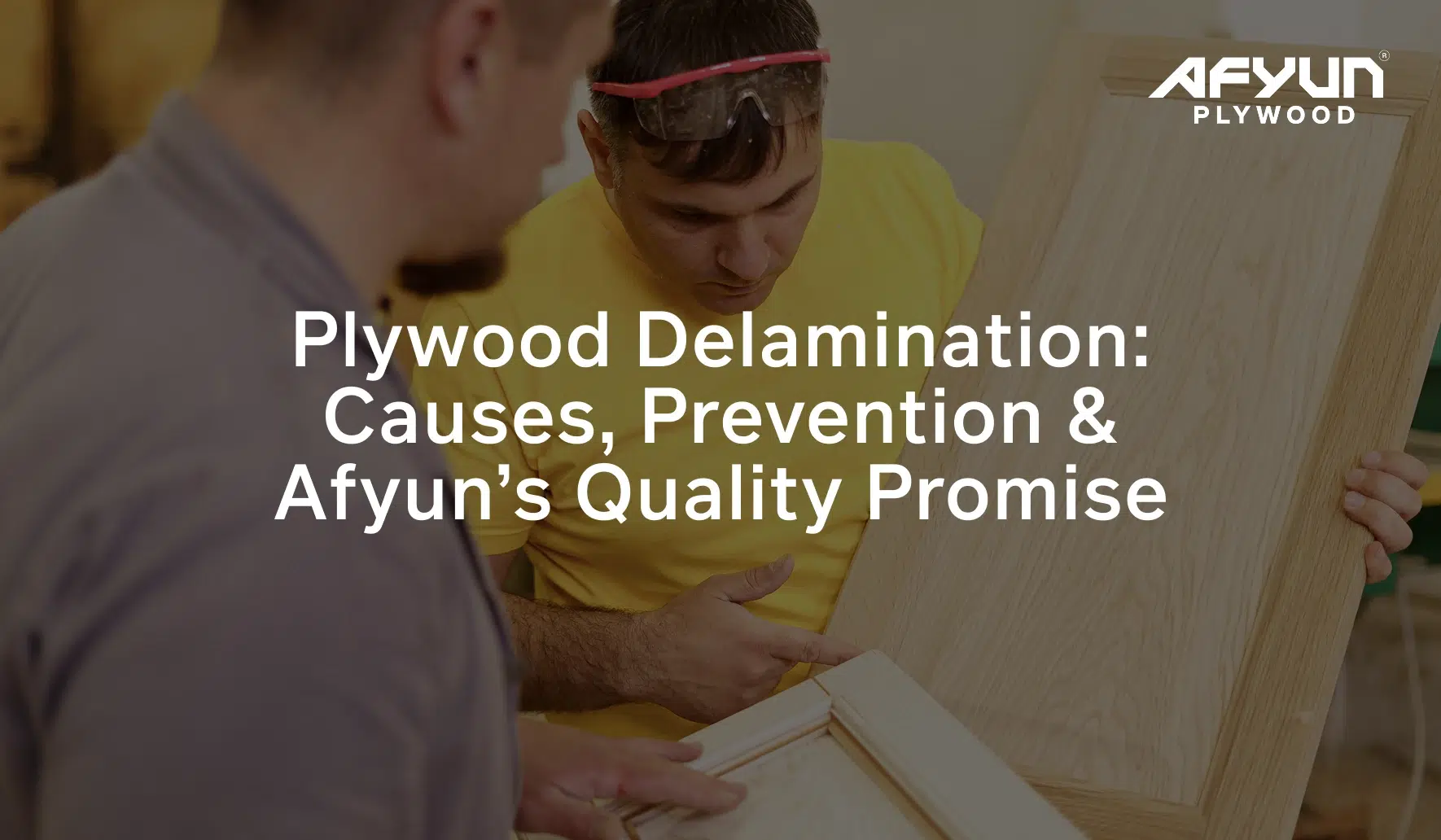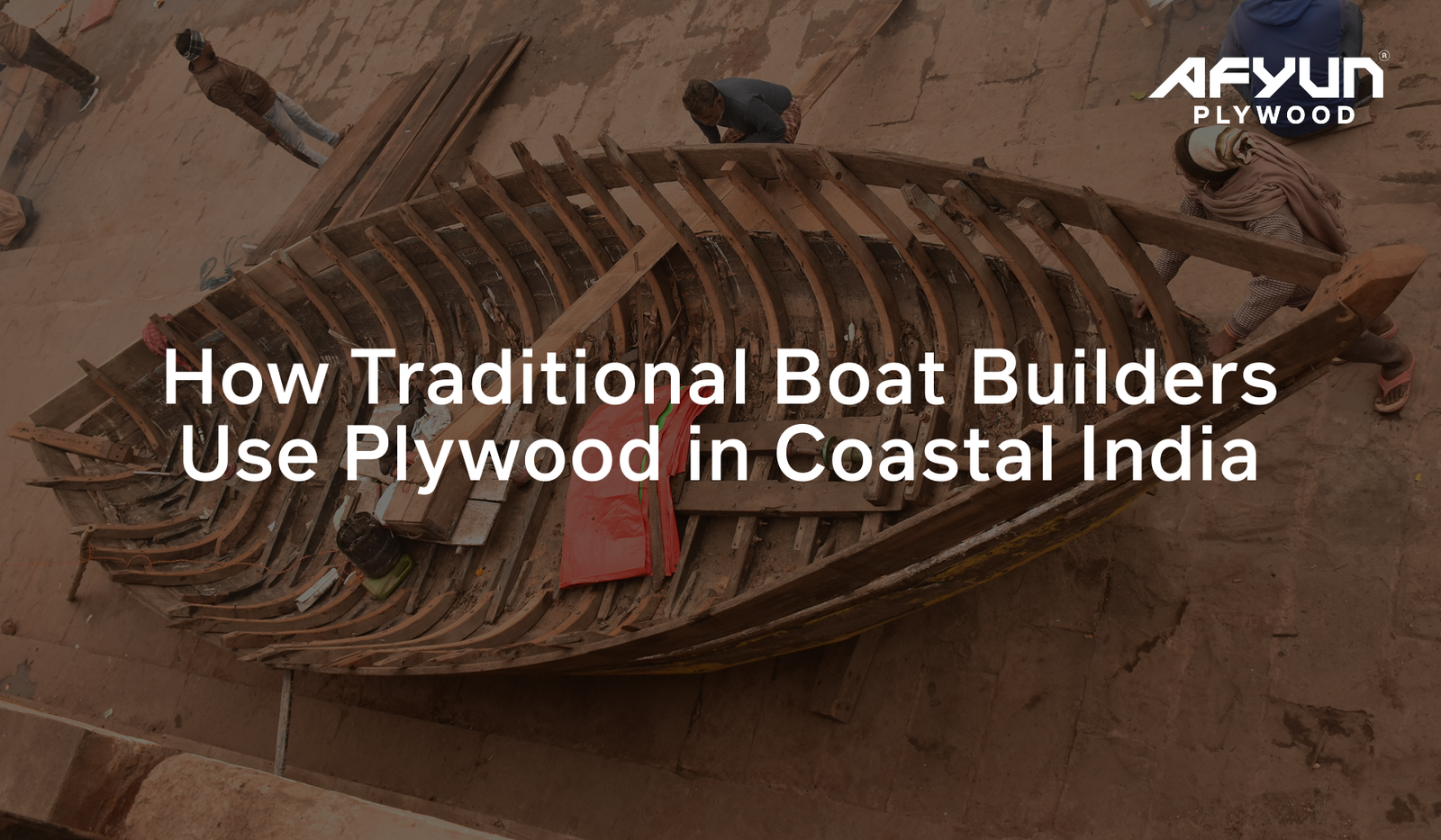Plywood is made borer- and termite-resistant through a combination of advanced chemical treatments and precise manufacturing methods that deeply infuse protective agents into every layer of the wood.
This targeted process ensures that plywood remains durable, safe, and ideal for furniture and construction, especially in pest-prone, humid regions.
The Threat: Borers and Termites in Wood
Borers and termites are destructive pests that tunnel through wood, causing structural weakness and surface decay that often go unnoticed until severe damage has occurred. Effective protection is essential for the longevity, strength, and beauty of any wooden installation.
Chemical Protection: The Science Behind Resistance
- Boron compounds and phenolic resins are commonly used to impart resistance; these chemicals disrupt insect digestive systems and create a toxic barrier that deters both borers and termites.
- Modern formulations favor eco-friendly options, like sodium borate or boric acid, ensuring safety for human use while remaining lethal to pests.
- Other termiticides (like imidacloprid, chlorpyrifos, or permethrin) may be used for specialized applications, depending on manufacturer protocols and local regulations.
The Manufacturing Process: How Resistance Is Achieved
1. Pressure Treatment
- The most effective method involves vacuum-pressure impregnation, where plywood veneers and cores are exposed to strong vacuum and then injected with anti-termite and borer chemicals under high pressure.
- This process ensures deep penetration of protective agents well beyond surface-level application, safeguarding even the innermost layers.
2. Glue Line Protection
- Some high-quality plywoods use specialized glues infused with pest-resistant additives, protecting the most vulnerable points of wood-to-wood bonding from infestation.
- Glue line protection stops mites and borers at their entry points, acting as a secondary barrier.
3. Curing, Kiln-Drying, and Quality Testing
- After chemical impregnation, plywood undergoes controlled drying (typically kiln-drying) to balance moisture content, set the chemicals, and prevent warping.
- Manufacturers conduct tests to verify pest resistance, environmental safety, and general durability before the plywood is certified and shipped.
Key Benefits of Borer- and Termite-Resistant Plywood
- Longer Lifespan: Protected plywood lasts significantly longer, especially in high-risk areas like kitchens, bathrooms, and exterior uses.
- Cost-Effective: Reduces the need for pest control, repairs, and early replacement of furniture or construction.
- Eco-Friendly Options: Modern treatments minimize harm to the environment, with many brands offering non-toxic solutions.
- Sustainable Interiors: By reducing waste and replacement cycles, termite-proof plywood supports eco-conscious design.
Popular Types of Treated Plywood
| Plywood Type | Moisture Resistance | Pest Resistance Method | Best Use |
| MR | Moderate | Basic chemical barrier | Bedrooms, dry interiors |
| BWR | High | Advanced pest treatment | Kitchens, cabinets |
| BWP | Full (Waterproof) | Deep impregnation (VPT etc.) | Bathrooms, outdoor spaces |
The Afyun Solution
Understanding how plywood is made borer- and termite-resistant empowers smarter decisions in building and interior design. For those seeking top-tier protection, always insist on certified plywood with advanced impregnation technology and proven eco-safe treatments.
For durable, cutting-edge termite and borer-proof plywood, discover the premium range at Afyun, where innovation meets lasting protection. Secure projects for years to come; choose Afyun for sustainable, beautiful, worry-free interiors.
Other Locations
Plywood Suppliers in Kerala | Plywood Suppliers in Bangalore | Plywood Suppliers in Chennai | Plywood Suppliers in Hyderabad | Plywood Manufacturers in Mangalore | Plywood Manufacturers in Coimbatore | Plywood Manufacturers in Tamilnadu | Plywood Manufacturers in Mysore | plywoFilm-Facedod manufacturers in india | Plywood Manufacturers in Kerala | Plywood Manufacturers in Bangalore | Plywood Manufacturers in Chennai | Plywood Manufacturers in Hyderabad | India to saudi plywood exporters | Fireman plywood









